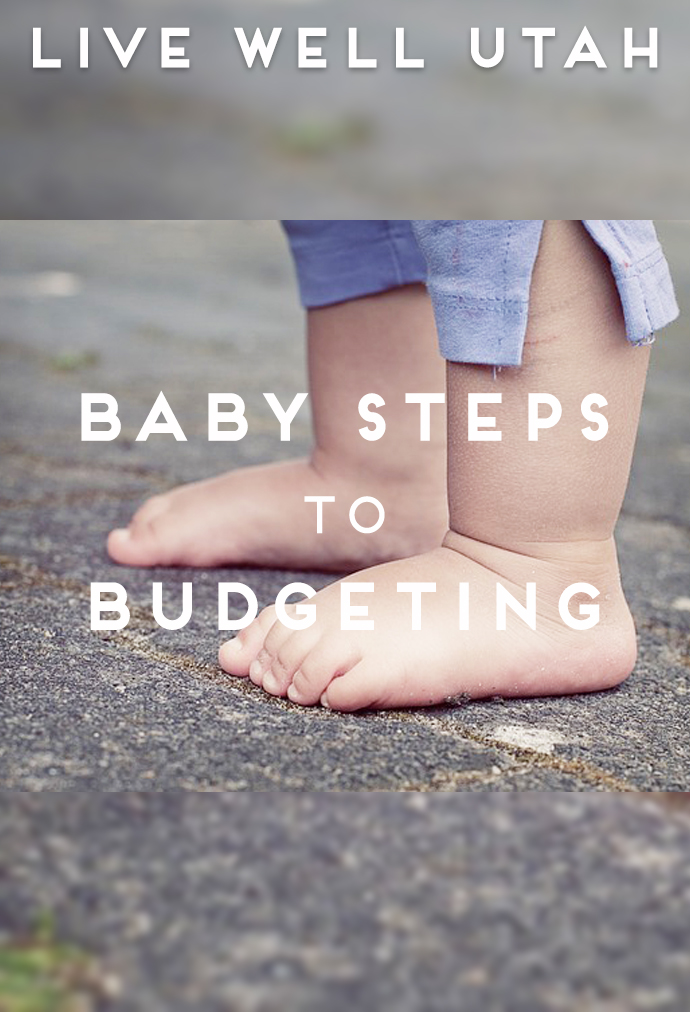
These 5 tips will help you manage money as a team!
The Cost That Money Can Have
Successful couples have learned to blend their money styles by being in harmony with the way they build a budget and spend money. So how do they do it?
Everyone has a money style. Many people love to save, others enjoy spending and unfortunately some just don’t want to be bothered with thinking about money, and they are the avoiders.
Often spouses are opposite in their habits, which can work well; but unless they can discuss it and make a successful plan, it can lead to arguments and dissatisfaction in the relationship.
It may have been learned from parents or developed later in life, but everyone values money differently and has a preferred style for handling it. No style is right or wrong, but how it is handled is critically important.
Some regard money as a security and have a desire to save and protect it. Some enjoy spending money because it makes them feel good, and still some don’t want to even open an envelope that might have a bill inside.
Unless you understand how your partner values money, it can cause frustration in a relationship.
When a couple fails to communicate about how each person values money and there is not a financial plan, arguments often arise. Many unhappy marriages and divorces are a direct result of financial issues.
A strong relationship will put the value of money into what makes family members happy and content. Money will be used for meeting goals and planning ahead for the future. When you can build a financial plan, you will have the freedom to work on areas of need for your family.
Consider these tips for building a financial plan:
1. Discuss how you value money and what is important (saving, spending or not discussing it). Visit Olivia Mellan’s website if unfamiliar with money styles. Take the quiz at https://www.moneyharmony.com/moneyharmony-quiz.
2. Discuss your family goals for this year, the next five years and then for future needs and retirement.
3. Make a financial plan (a budget) where you can set aside money to save and money for charity. If things are tight, start where you can. Most financial planners will encourage you to set aside 10 percent for each of these; however, you can begin with less. Even a little can make a difference because it sets a precedence.
4. Set up a plan for your family needs and wants and review it monthly.
5. Be sure to set aside weekly activity nights for the two of you. Spending quality time together can help you discuss your financial plans in a more direct and positive way.
Couples with strong relationships have developed money management skills that work for them. For example, they set aside time each month to go over finances, talk about how they value money and set goals.
Generally one of the individuals will be the money manager; however, both should discuss and look at the plans each month. Both partners must be happy with the spending arrangement.
Understanding the value each person places on money helps build respect in a relationship. Both partners should have input about where the money goes.
Relationships are fragile, and money is a major issue. It doesn’t matter how much or how little you have, but how you work as a team to plan and be content with your financial decisions.
This article was written by Carolyn Washburn, Utah State University Extension family and consumer sciences professor
 Thanksgiving, Christmas, Hanukkah, New Year’s… holidays bring family, food, and irregular but expected costs. Find out how to protect your budget against these holiday costs in this video from @famfinpro Amanda Christensen.
Thanksgiving, Christmas, Hanukkah, New Year’s… holidays bring family, food, and irregular but expected costs. Find out how to protect your budget against these holiday costs in this video from @famfinpro Amanda Christensen. Have you filed your taxes yet this year? There’s a reason so many people opt to hire someone else to do their taxes for them— it can be a daunting task! Doing them yourself is a good way to save a little money. Today we’re featuring some free programs to help you get them done.
Have you filed your taxes yet this year? There’s a reason so many people opt to hire someone else to do their taxes for them— it can be a daunting task! Doing them yourself is a good way to save a little money. Today we’re featuring some free programs to help you get them done.
 What’s the deal with layaway programs? Learn how to assess if layaway is a good option for you and how to set up your own layaway savings plan from USU Extension finance pro Amanda Christensen.
What’s the deal with layaway programs? Learn how to assess if layaway is a good option for you and how to set up your own layaway savings plan from USU Extension finance pro Amanda Christensen.





